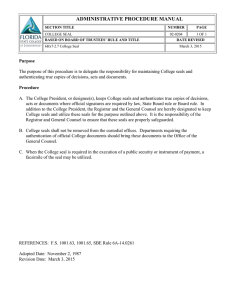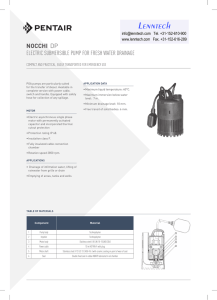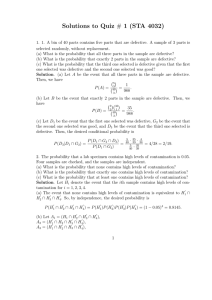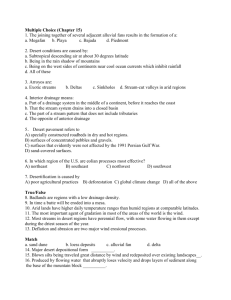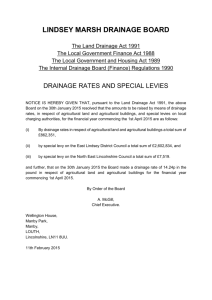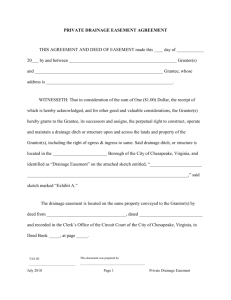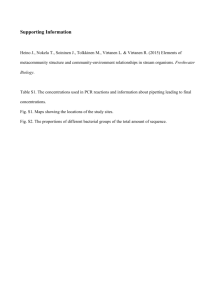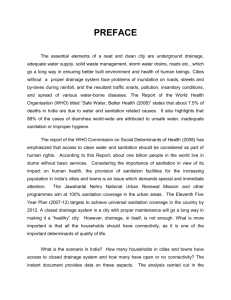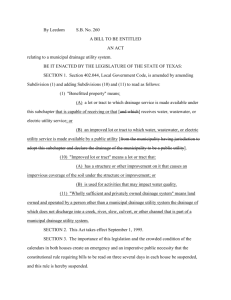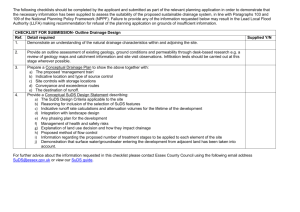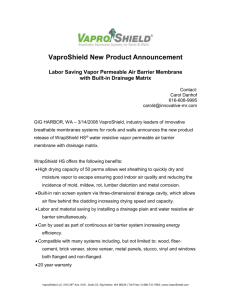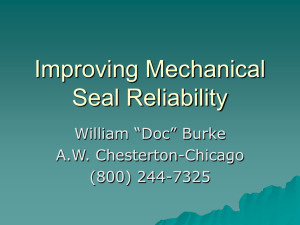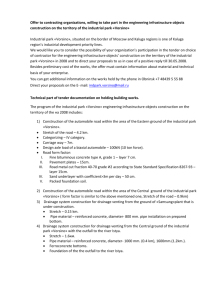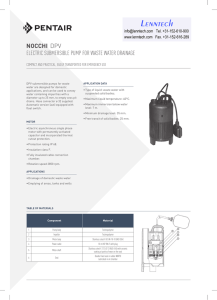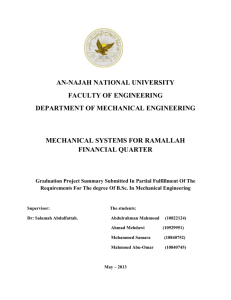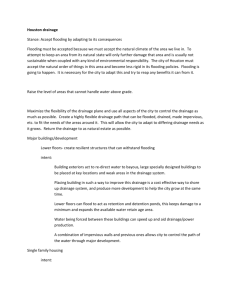Bioaerosols in building drainage systems - Heriot
advertisement
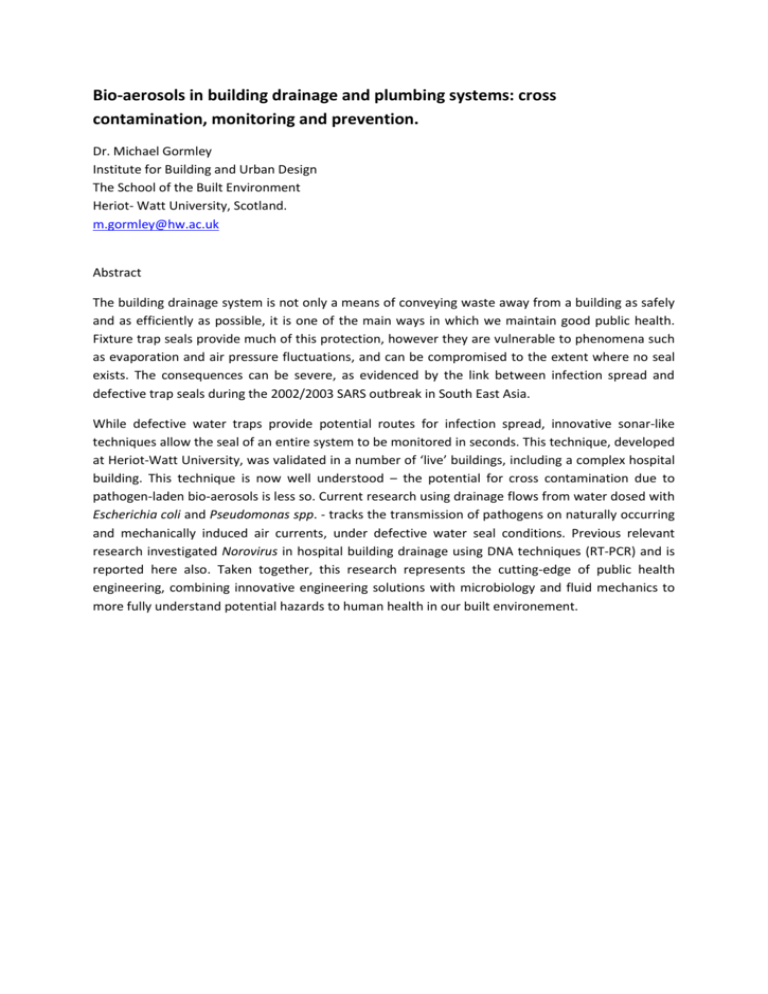
Bio-aerosols in building drainage and plumbing systems: cross contamination, monitoring and prevention. Dr. Michael Gormley Institute for Building and Urban Design The School of the Built Environment Heriot- Watt University, Scotland. m.gormley@hw.ac.uk Abstract The building drainage system is not only a means of conveying waste away from a building as safely and as efficiently as possible, it is one of the main ways in which we maintain good public health. Fixture trap seals provide much of this protection, however they are vulnerable to phenomena such as evaporation and air pressure fluctuations, and can be compromised to the extent where no seal exists. The consequences can be severe, as evidenced by the link between infection spread and defective trap seals during the 2002/2003 SARS outbreak in South East Asia. While defective water traps provide potential routes for infection spread, innovative sonar-like techniques allow the seal of an entire system to be monitored in seconds. This technique, developed at Heriot-Watt University, was validated in a number of ‘live’ buildings, including a complex hospital building. This technique is now well understood – the potential for cross contamination due to pathogen-laden bio-aerosols is less so. Current research using drainage flows from water dosed with Escherichia coli and Pseudomonas spp. - tracks the transmission of pathogens on naturally occurring and mechanically induced air currents, under defective water seal conditions. Previous relevant research investigated Norovirus in hospital building drainage using DNA techniques (RT-PCR) and is reported here also. Taken together, this research represents the cutting-edge of public health engineering, combining innovative engineering solutions with microbiology and fluid mechanics to more fully understand potential hazards to human health in our built environement.

